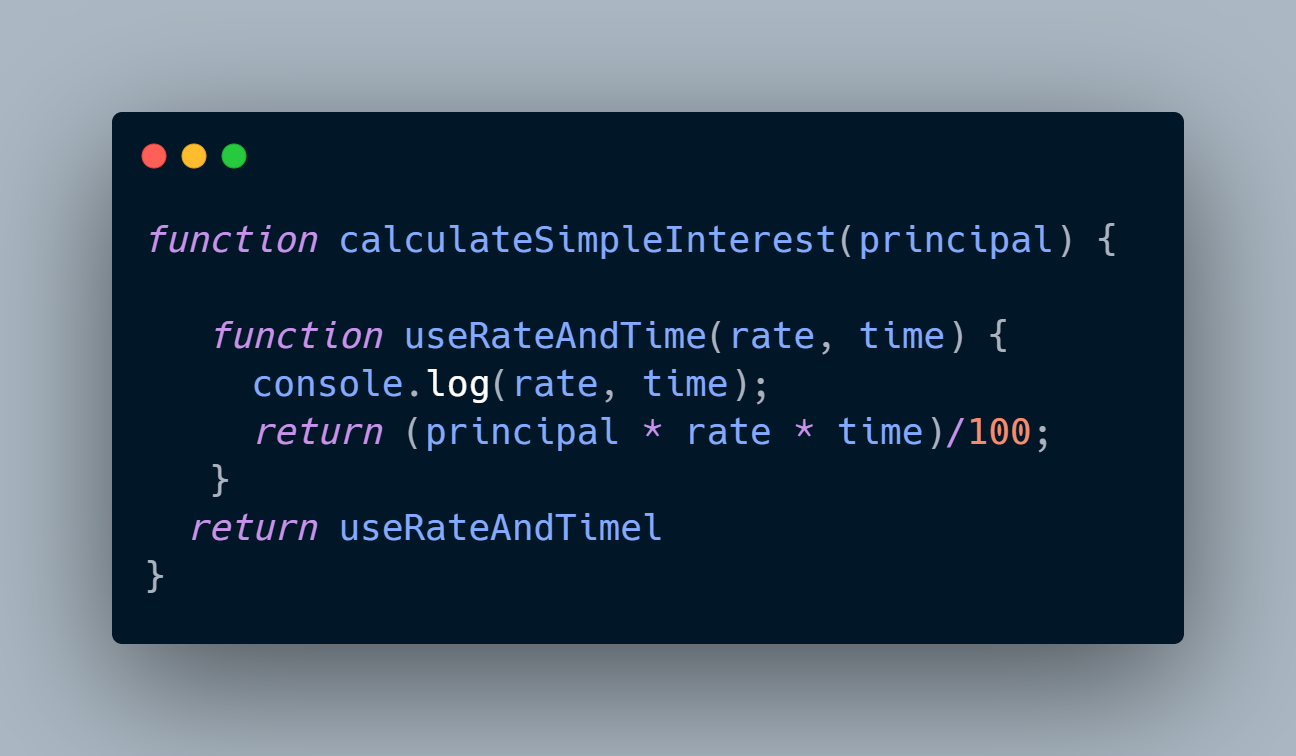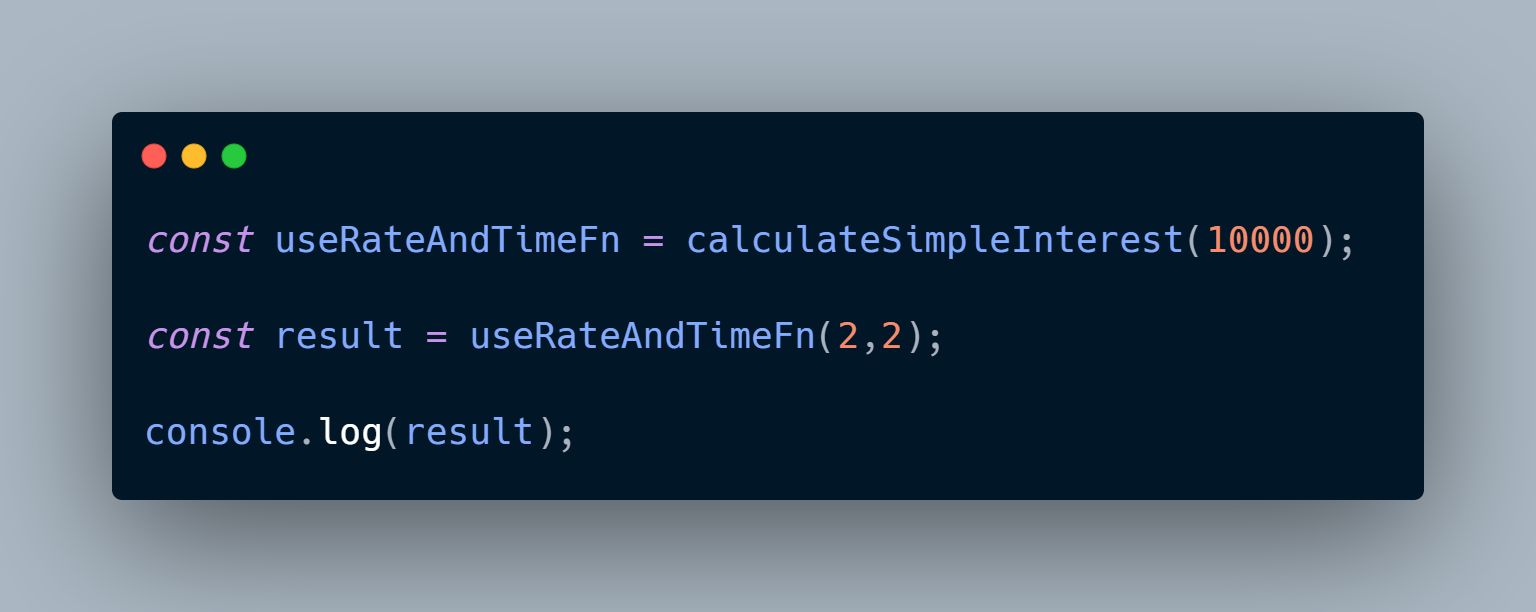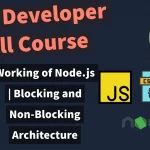Hey guys 👋🏻,
In this article, let us talk about Closures in Javascript.
In this article, we will understand✔ What are Closures ?✔ Code Example with explanation.
✔ Conclusion
What are Closures ?
Before understanding what a closure is, let us revisit the concept of functions. From what we know about functions in JavaScript is that every function in JavaScript has a reference to its outer lexical environment.
This means that it registers the outer lexical environment and the variables present in there and it remembers the values of these variables.
=> This also means that the reference that gets setup enables the code inside the inner function to see variables declared outside the inner function, regardless of when and where the function was called.
So let us see an example,

Explanation
In the above code, we have a calculateSimpleInterest function that takes on a principal value inside which we have function useRateAndTime that takes on rate and time and computes the simple interest for us. At the bottom of the calculateSimpleInterest function, we return the useRateAndTime function.
So for our calculateSimpleInterest function, useRateAndTime forms a closure with the lexical environment of the execution context which gets created when calculateSimpleInterest function is invoked, closing over the variables defined inside the outer function (if any).
Let us see the usage

With the invocation of calculateSimpleInterest function using a value of 10000 as principal, a new function useRateAndTime gets created and in it the value of principal gets locked and is returned. Now we have the useRateAndTimeFn constant in which we have the returned function having the principal locked in. So we call the inner function now by passing the value of rate and time. Lastly we store the returned value in a variable with the name of result.
Conclusion
✔ Use closures if you want a function to always have access to a private piece of state.
✔ In JavaScript, if you declare a function within another function, then the local variables of the outer function can remain accessible even after returning from the outer function.
So this is it for this article. Thanks for reading.
If you enjoy my articles, consider following me on Twitter for more interesting stuff :

⚡Twitter : https://twitter.com/The_Nerdy_Dev
Don’t forget to leave a like if you loved the article. Also share it with your friends and colleagues.






![Understanding the Events Reactivity System of Node.js and The Event Emitter Class [video]](https://the-nerdy-dev.com/wp-content/uploads/2022/06/event-emitter-6853429-150x150.webp)

